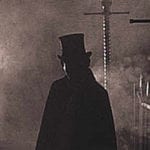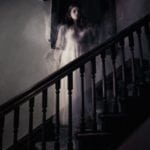 Misconceptions
Misconceptions  Misconceptions
Misconceptions  History
History 10 Amazing Roman Epitaphs
 Weird Stuff
Weird Stuff 10 Niche Subcultures That Are More Popular Than You Might Think
 Mysteries
Mysteries 10 Tragic Disappearances and Deaths in Joshua Tree National Park
 History
History 10 Ways Childhood Really Sucked in the Old West
 Music
Music 10 Name Origins of Famous Bands from the 1990s
 Religion
Religion 10 Biggest Turnarounds by the Catholic Church
 Weird Stuff
Weird Stuff 10 Unbelievable Times Laws Had Unintended Consequences
 Humans
Humans Ten Historic Women Who Deserve Way More Credit Than They Got
 Movies and TV
Movies and TV 10 Films That Spawned Major Lawsuits
 Misconceptions
Misconceptions 10 Phony Myths and Urban Legends That Just Won’t Die
 History
History 10 Amazing Roman Epitaphs
 Weird Stuff
Weird Stuff 10 Niche Subcultures That Are More Popular Than You Might Think
Who's Behind Listverse?

Jamie Frater
Head Editor
Jamie founded Listverse due to an insatiable desire to share fascinating, obscure, and bizarre facts. He has been a guest speaker on numerous national radio and television stations and is a five time published author.
More About Us Mysteries
Mysteries 10 Tragic Disappearances and Deaths in Joshua Tree National Park
 History
History 10 Ways Childhood Really Sucked in the Old West
 Music
Music 10 Name Origins of Famous Bands from the 1990s
 Religion
Religion 10 Biggest Turnarounds by the Catholic Church
 Weird Stuff
Weird Stuff 10 Unbelievable Times Laws Had Unintended Consequences
 Humans
Humans Ten Historic Women Who Deserve Way More Credit Than They Got
 Movies and TV
Movies and TV 10 Films That Spawned Major Lawsuits
10 Gruesome Tales From The Dead House, AKA The Morgue
Long before it was commonly called a morgue, it was called the dead house. The dead were kept inside until family claimed them or arrangements could be made for their burial. Sometimes, bodies were dissected in the dead house, and sometimes, those who were near death were placed inside to await the end.
The dead house held locals in morbid fascination. It was the center of entertainment for thrill seekers, and it was a place of gossip. Newspapers from the mid-1800s to the early 1900s often published stories about the inner workings and troubles within the gruesome walls.
10 Poor Conditions Of The Houses

For the “unfortunates” who died in Albany, Western Australia, in 1889, there was no dignity in their deaths. Their bodies were placed in a little shed on the prison grounds where water would rain down on their bodies from the leaky roof.
Upon entering the dead house, their bodies were placed on an old, wooden table. A small blanket was placed on them to cover their intimate bits until it was time to place them in an unnamed hole in the ground.
Sadly enough, the condition of the dead house at Albany was nothing compared to that in Beechworth, Victoria. In 1877, it was reported that the hospital’s dead house was dangerously unsafe.[1] Doctors claimed that it had accumulated “putrid matter of the very worst description.” Dr. Dobbyn said that it was “merely a place for bottling up the germs of disease.”
A committee decided that it was time to erect a new dead house in the vicinity. However, several doctors were worried about ripping up the old flooring and removing the dirt beneath the building because it could have released a deadly plague into the populace.
The building was so disgusting that doctors also believed that the hospital might be committing murder by sending men in to demolish the old dead house. Instead, it was recommended that the ground beneath the building not be disturbed.
9 Rat Infestation
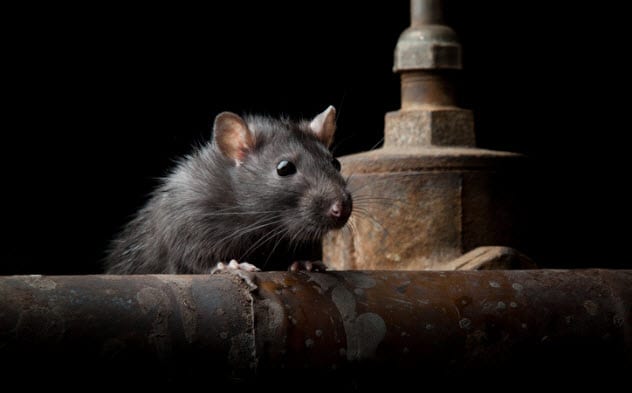
In 1911, there was a discussion on what to do about the dead house in Bantry, Ireland. As it turned out, the dead were being housed in a workhouse chapel before families could claim them and prepare them for burial.
The main problem with the dead house was that it was more like a rat house. The rat infestation in the chapel was so terrible that large stones had to be placed over the coffins to prevent the rats from getting at the corpses and eating them.
The debate over what to do about the problem was rather heated, with at least one person seeing no issue with rats eating the dead.[2]
8 Woke Up With Two Dead Bodies
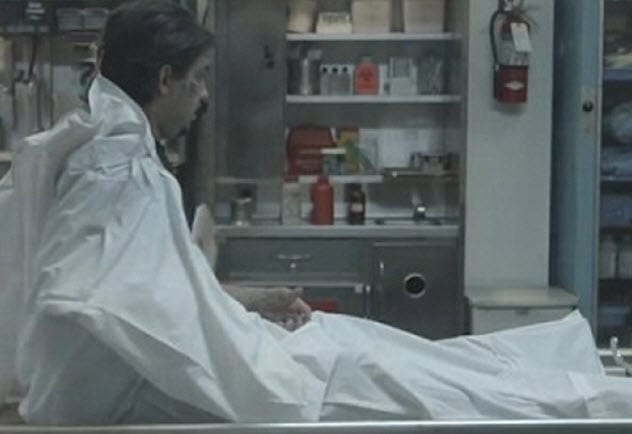
Imagine what it would be like to wake up next to dead people. It happened in San Francisco, California, in 1870 when a German being treated in a hospital appeared to be dead. His body was immediately taken to the hospital’s dead house and “deposited in a case where two other bodies had already been placed, and between them. The cover was put on, and the keeper of the dead house retired for the night.”
At around midnight, the German woke up and started to scream and howl. Hospital staff woke up the keeper and told him to check on the situation, but the man was too afraid to move. He was resolved to let the ghosts fight it out among themselves, but he soon caved in to pressure to check the room.
Upon opening the door, the keeper saw the German standing in the death gown placed on corpses and fainted. The German ran out of the door and through the corridors of the hospital. He was in such a mad panic[3] that staff had to wrestle him until he fell to the floor.
A physician was called in and restored the German to his senses.
7 A Place To Finish Dying
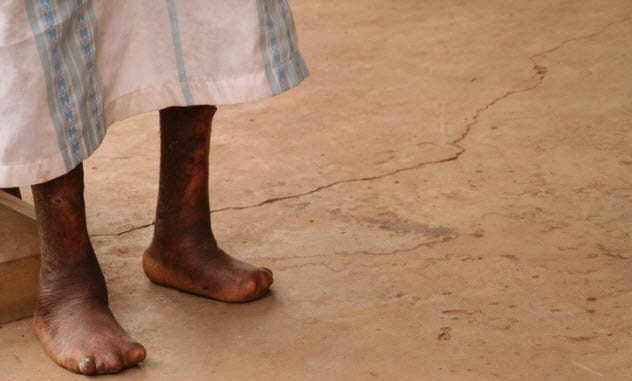
The dead house in Chinatown, Los Angeles, California, took on the extra role of housing the nearly deceased. According to an 1888 report, “A Chinese ‘dead house’ is usually a tumbledown and isolated hovel into which Celestials, overtaken by incurable diseases, are thrown and allowed to die.”
In one case, the dying person was a man suffering from leprosy. A policeman had entered the dead house and discovered the emaciated man, who was groaning in pain and appeared to be rotting from the inside out.[4]
The concerned officer returned to police headquarters and reported the incident. Since it was leprosy, a feared disease, it was decided to leave the man where he was until a decision could be made on the case.
No further word was published on the incident, but it can be assumed that the man probably passed away inside the dead house.
6 No Running Water
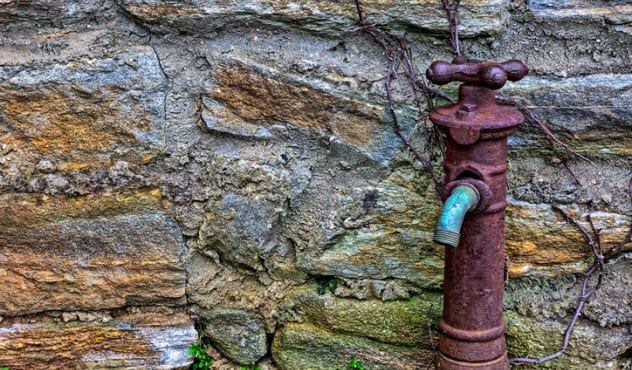
Of all the necessities one might think should be in a dead house, running water would be at the top of the list. However, in a letter to the editor written in 1886, a concerned citizen brought up the then-current problems with the Fremantle, Western Australia, dead house.
According to the letter, the dead house, where autopsies were often performed, had no running water whatsoever. The room was without a bench, and the door to the dead house did not latch shut.[5] People could come and go as they saw fit, leaving bodies desecrated or even walking into an important autopsy.
There was no consideration given to the deceased even though the colonial surgeon had been pushing for some resolution to the problem with the higher-ups. It was clearly a money issue, but the public was growing increasingly upset over the conditions of the dead.
5 Salisbury Prison
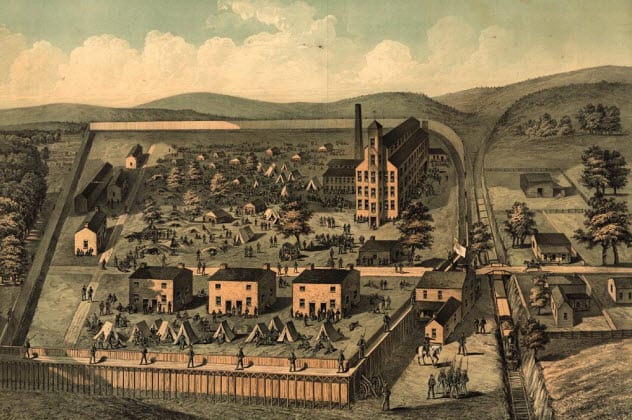
John G. Weaver belonged to the 2nd Ohio Cavalry during the US Civil War. After he was taken prisoner by the South, he admitted that he was treated extremely well until the day the train came and took him to Salisbury Prison in North Carolina.
Inside the prison, Weaver encountered many starving prisoners. Rations were tight, and some days, the men went without any food. To top it all off, the prison was damp and muddy during the rainy months and many men died from starvation and disease.
Each morning, the death guards[6] collected the dying and those near death from the prison and deposited the bodies into the dead house. But this was just the start of the day. In Weaver’s personal account, he said, “All day long could be seen their wasted and half-naked forms carried by the dead-guard, or perhaps by some of their surviving comrades, to the dead house, where they were piled upon each other like cordwood.”
After the bodies were dropped off at the dead house, a “dead wagon” would haul the bodies out to mass trench graves. Even though the wagons would go back and forth from the dead house to the graves, the dead house was never free of dead bodies.
4 Twice To The Dead House
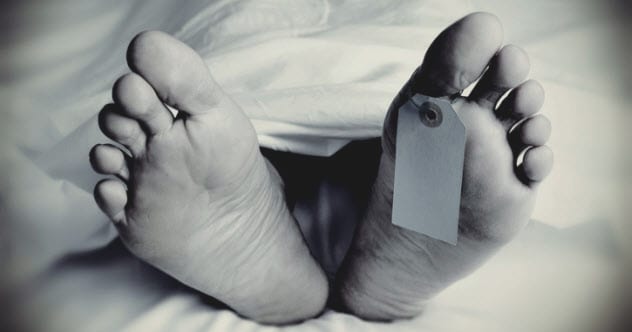
Robert Hughes was taken by police cab to Newcastle Hospital in Australia in 1901. When the cab arrived at the hospital gates, Hughes was given a quick examination inside the cab and pronounced dead on arrival. As was the custom, the cab drove the body to the back of the hospital and Hughes was taken into the dead house.
He was placed on a cold slab that no doubt caused a shock to his system. Suddenly, he started to wriggle and breathe heavily on the table. The police were startled, and a doctor was called into the dead house.
After another quick exam to confirm that the man was actually alive, Hughes was taken into the hospital and placed in a proper bed. There, he died a second time[7] five minutes later. Sadly, he stayed dead this time and was taken to the dead house one more time.
The doctors did not know the exact cause of death. But they believed that Hughes had died of old age or poisoning.
3 The Moving Skull
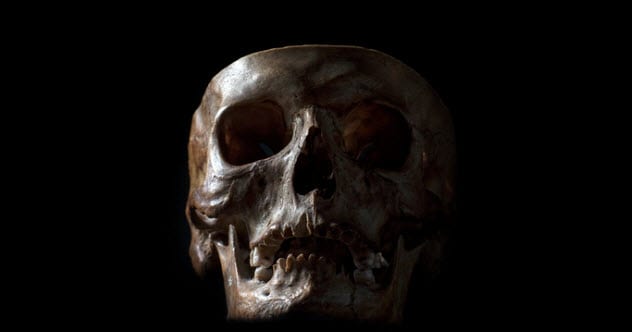
Pranks in the dead house used to be a common occurrence. There are numerous accounts of medical students posing as dead people and faking ghost haunts, but one doctor had a totally different night fright.
As he told a New Orleans newspaper in 1884, he once had a patient with an aneurysm. As the case puzzled the doctor, he decided that he was going to perform an autopsy upon the patient’s death. The doctor did not have to wait long for the patient to die, and the body was sent to the dead house to await inspection.
The doctor went to the dead house an hour before midnight. There, he cut open and examined his former patient. As the doctor did his work by one lit gas burner, he heard a shuffling noise from the corner of the room. It caught him off guard because he believed that he was the only living person in the room.
He inspected the area from where the noise came. But he only saw five skulls resting on the floor that were being prepared by the medical students for their cabinets.
He went back to work on his autopsy. No sooner did he start than he caught sight of some movement from that area. He stopped his work again and watched as a skull moved slowly toward him.
He eyed the floor, expecting to find string pulling the skull, but his inspection yielded no tricks. The doctor, claiming to feel rather peculiar at that moment, sat on a stool and smoked his pipe. He could not take his eyes off the skull.
The skull moved again, coming straight at him.[8] It screeched along the floor until the doctor could not take the suspense any longer. He jumped up from his stool and picked up the skull. Inside was a rat that had managed to get itself stuck inside the brain cavity. The rat was freed, and the doctor went back to work.
2 The Grief Was Too Great

The dead house of Paris was situated on a bank of the Seine and was used by the city to house those who came to a violent end. Whether the victims died on land or in the water, their bodies were placed in the dead house until either a family member claimed them or they were buried in a poor man’s grave.
Two men operated the dead house in 1839, and both lived with their families on the upper floor of the building. The men, with the help of their wives, kept impeccable records of the dead: names (if known), causes of death, and the dates the bodies were brought into the building.
The men witnessed many tragedies at La Morgue, but perhaps one of the saddest was the case of little Leonore. She was a small child, and one winter day, her perfect little body was laid on a marble slab inside the dead house. Her nurse had carried her in.
With tears streaming down her cheeks, the nurse explained that she and the child had been on a stagecoach. The nurse had fallen asleep, and the child had slipped away and suffocated among the luggage of the other passengers.
The nurse laid the little girl down and began kissing her cheeks and her little hands. The nurse begged the dead house watcher to bring the child back to life. When she realized it could not be done, she asked to see the little girl’s bright blue eyes one last time.
The nurse left but was not gone for long. The nurse’s body[9] was soon wheeled to the dead house, dripping water upon the ground. Her body was laid beside that of the little girl to await someone to claim them.
1 Makeshift Dead House
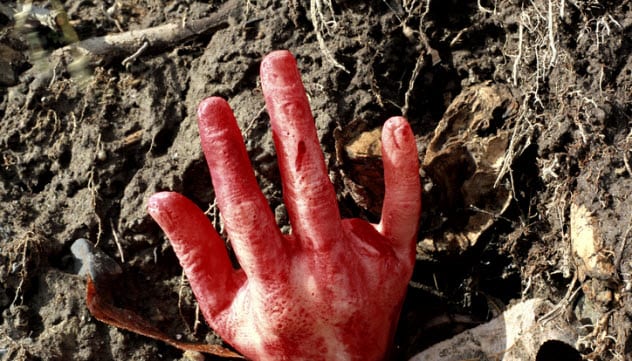
Makeshift dead houses are very common whenever a major accident happens and the authorities are left with multiple fatalities. One such terrible accident happened in Victoria, Australia, in 1908 when two trains collided. Several first- and second-class cars were smashed into pieces, leaving bodies “chopped up and mangled by the broken wood and ironwork.”
The trains burst into flame, burning the injured and making rescue in the heavy smoke almost impossible. Bodies littered the scene, and those who were able to walk tripped over the dead and wounded. Forty-three people had been brutally killed, and 232 were injured.
News of the accident traveled fast. Soon, the station was flooded with the friends and relatives of those who had been on the trains. Thrill seekers also turned up with the hopes of catching sight of the gruesome affair.
Medical workers and railroad employees rushed to remove those who were still alive from the area. Next, the dead bodies were taken out. According to one account:
Bodies of women and men, with their features battered out of recognition and limbs mangled, lay about the platform. One, a corpse with the head completely torn off, lay close by the mangled body of a mother with her dead baby clasped in her arms. The body of a man was hanging up between two of the carriages in a position where . . . the workers could do nothing to extricate it.
As the bodies were collected, a makeshift dead house had to be made out of two waiting rooms. All the furniture was taken out of the room, and the bodies were laid side by side. Blood continued to pour out of the fresh wounds[10] and covered the floors. Meager lamps lit up the rooms, exposing the torn clothes and pale faces of the victims as the living shuffled in, six at a time, to reclaim their loved ones.
Elizabeth, a former Pennsylvania native, recently moved to the beautiful state of Massachusetts where she is currently involved in researching early American history. She writes and travels in her spare time.

